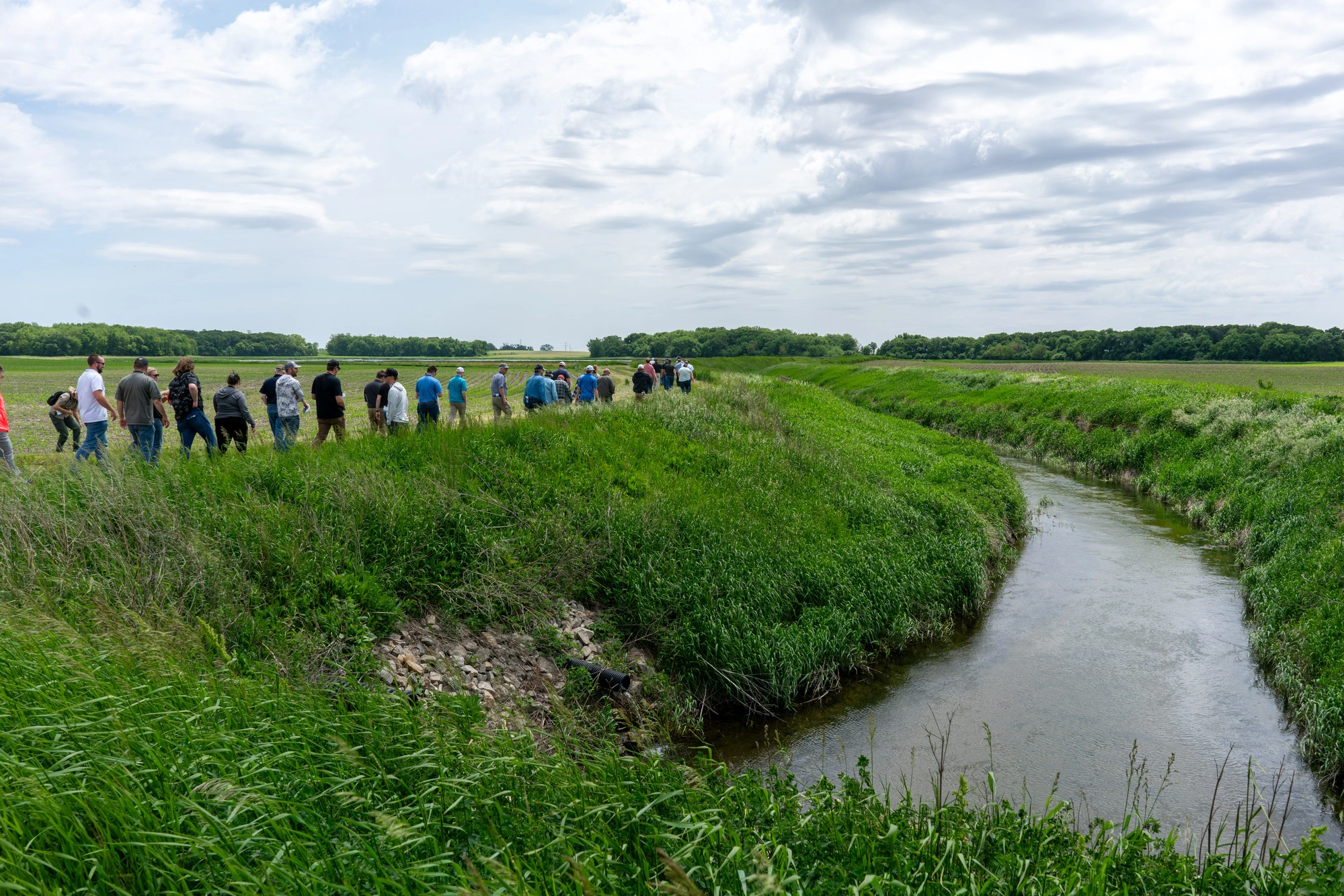Why a Phase 1 Environmental Site Assessment is Critical to Project Success
What it is, why projects need them, and what the results might mean for your project
In the world of real estate development and land acquisition, the road to success is paved with thorough planning and attention to detail. One often overlooked but crucial step in the due diligence process is the Phase 1 Environmental Site Assessment (ESA). Before a client begins any project, ISG often conducts a Phase 1 ESA to identify any recognized environmental conditions (RECs) that could impact the property’s value or pose potential risks to public health and the environment. The result of the assessment influences the project’s direction and success long-term.

What is a Phase 1 ESA and why does it matter?
A Phase 1 ESA is a comprehensive study aimed at evaluating potential environmental concerns on a property. This investigation is typically conducted to identify environmental conditions that could pose a risk to the project or have legal and financial implications. A Phase 1 ESA is a key component in the due diligence process for real estate transactions and development projects and is often required by financial lenders before loan approval.
Phase 1 ESA Process
A typical Phase 1 ESA involves several steps performed according to the American Society for Testing and Materials (ASTM) standards:
- Site Inspection: Qualified environmental professionals visit the property and conduct a visual inspection to identify any signs of contamination or hazardous substances.
- Historical Records Search: The assessment team researches the property’s history, including its previous uses and any known or potential sources of contamination.
- Regulatory Review: A search of relevant databases is performed to uncover past or present environmental permits, violations, or records of contamination on or near the property.
- Interviews: Current and past property owners, tenants, neighbors, and government officials may be interviewed to gather information about the property’s environmental history.

How Results of the Phase 1 ESA Can Make or Break Your Project
It is important to understand how the results of the Phase 1 ESA report can impact project success. Key considerations include:
- Risk Mitigation: Identifying environmental risks early in the project lifecycle allows clients to take proactive measures to mitigate issues. Potential contamination can be addressed before they become expensive and time-consuming challenges.
- Regulatory Compliance: In many cases, regulatory authorities require Phase 1 ESAs before permitting or approving a project. Ensuring compliance with these regulations is crucial to avoid costly delays and legal issues.
- Financial Implications: Unidentified environmental liabilities can have significant financial consequences. They can impact property values, increase remediation costs, and deter potential investors or lenders. Identifying these issues early can help clients make informed decisions about whether or not to change sites.
- Project Viability: In some cases, the Phase 1 ESA may reveal insurmountable environmental challenges. This early discovery can save clients from investing time and resources in a project that might not ultimately be feasible.
Your Project Site is Contaminated. Now What?

When a project is identified as having potential environmental contamination, clients are given the opportunity to make informed decisions about proceeding with Phase 2 ESA soil and groundwater testing. This phase serves the dual purpose of not only confirming the potential presence and extent of contamination but also determining the responsible party for any subsequent cleanup efforts. ISG provides services by coordinating the Phase 2 testing process with an outside consultant. Additionally, we help in identifying available government funding sources to aid in the cleanup and prepare the site for redevelopment.
A Lesson in Preparedness

The Profinium Place Tower in Mankato, Minnesota, serves as a compelling example showing the importance of proactive due diligence with Phase 1 ESAs. During the initial stages of a downtown development project, the chosen site had a history of potential environmental issues, having previously operated as an automotive garage and maintenance shop that handled hazardous materials such as used oil and gas. Further historical land use research conducted by ISG unveiled the site’s previous functions as a rail yard, and a foundry for metal refining in the early 1900.
This comprehensive investigation stressed the necessity for a Phase 2 ESA, which revealed significant contamination issues that required remediation before the project could progress. By investing the time and resources in conducting a Phase 1 ESA upfront, the developer was able to avoid project delays and mitigate the risk of incurring major cleanup expenses in the future. This case underscores the sensibility of conducting Phase 1 ESAs early in the project’s planning and decision-making process.

A Wise First Step
investing in this assessment at the outset, clients are empowered with the knowledge needed to make informed decisions, manage risks, and ensure the overall success of the project.
Related Articles

.webp)
ISG Recognized as a 2025–26 Emerging Professional Friendly Firm for the Fourth Consecutive Cycle
ISG has been honored as a 2025–26 Emerging Professional Friendly Firm by AIA chapters in North Dakota, South Dakota, Wisconsin, and Minnesota in recognition of its commitment to fair compensation, licensure support, mentorship, and growth for early-career architects.












